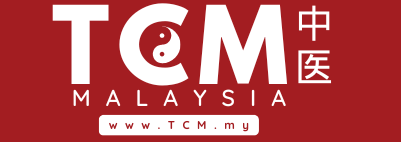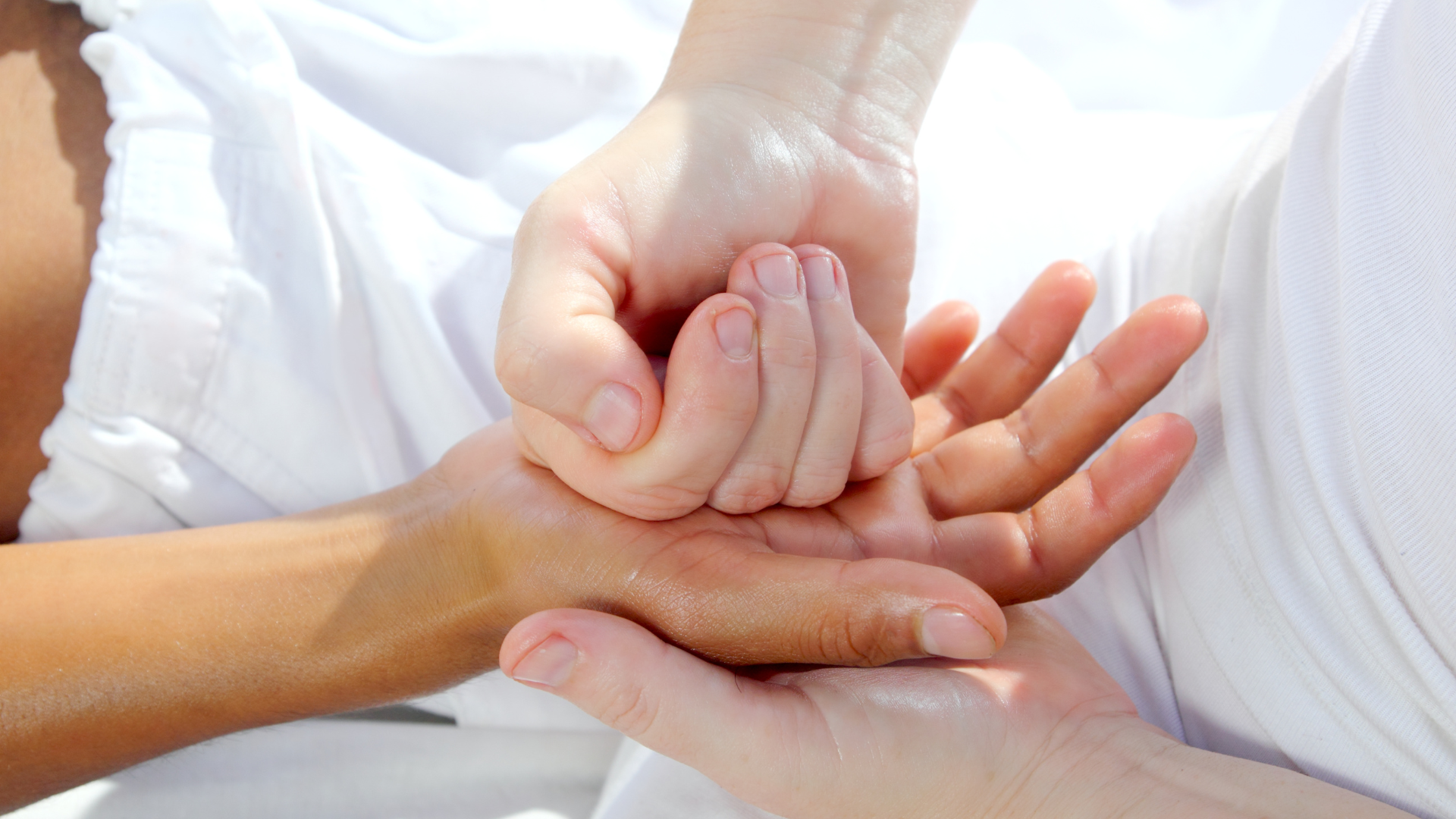Tui Na (推拿) is one of the fundamental branches of Traditional Chinese Medicine (TCM), alongside acupuncture, herbal medicine, and Qigong. Often described as a blend of acupressure, therapeutic massage, and chiropractic techniques, Tui Na has been practiced for over 2,000 years to promote healing, relieve pain, and restore balance in the body.
What Is Tui Na?
The term “Tui Na” is derived from two Chinese characters:
• Tui (推) – meaning “push”
• Na (拿) – meaning “grasp”
These terms reflect the primary techniques used in Tui Na, which involve pushing, kneading, rolling, and grasping different areas of the body to improve the flow of Qi (vital energy) and blood circulation. Unlike Western massage, which primarily focuses on muscle relaxation, Tui Na works on the body’s meridian system to remove blockages and restore harmony.
How Does Tui Na Work?
Tui Na is based on TCM principles that view health as a balance of Yin and Yang and the smooth flow of Qi through the meridians. Practitioners use various hand techniques to manipulate soft tissues, joints, and acupressure points to:
- Alleviate pain and stiffness – Tui Na is effective for treating musculoskeletal issues like back pain, neck pain, and arthritis.
- Improve circulation – Stimulating Qi flow helps increase blood circulation, reducing inflammation and promoting healing.
- Reduce stress and anxiety – By balancing the body’s energy, Tui Na calms the nervous system, reducing stress and emotional tension.
- Enhance digestive function – Specific techniques can help relieve bloating, indigestion, and constipation.
- Boost immunity – By strengthening Qi and blood circulation, Tui Na can enhance the body’s ability to fight illnesses.
Techniques Used in Tui Na
Tui Na incorporates a variety of manipulations, including:
- Rolling (滚法 Gun Fa) – A continuous rolling motion with the hand to relax muscles and improve circulation.
- Pressing (按法 An Fa) – Applying steady pressure to acupressure points to release blockages in the meridians.
- Grasping (拿法 Na Fa) – Gently lifting and grasping muscles to relieve tension.
- Kneading (揉法 Rou Fa) – Circular movements with the palms or fingers to stimulate Qi flow.
- Pushing (推法 Tui Fa) – Applying force in a specific direction to guide Qi movement.
- Percussion (拍法 Pai Fa) – Gentle tapping or patting to invigorate the body’s energy.
Tui Na vs. Other Forms of Massage
While Tui Na shares similarities with other massage techniques, it differs in its approach:
- Tui Na vs. Swedish Massage – Swedish massage mainly targets muscle relaxation through long, flowing strokes, while Tui Na focuses on energy flow and acupressure points.
- Tui Na vs. Acupressure – Acupressure involves applying pressure to specific points without massage, whereas Tui Na combines pressure with movement.
- Tui Na vs. Chiropractic Care – Chiropractic care focuses on spinal adjustments, whereas Tui Na includes a broader range of techniques to balance the entire body.
What to Expect in a Tui Na Session
A typical Tui Na session lasts 30–60 minutes. During the treatment:
- Consultation – The practitioner assesses your health concerns, checking your pulse and asking about symptoms.
- Treatment – The therapist applies various techniques to targeted areas, using fingers, palms, elbows, or even herbal compresses.
- Post-Treatment Advice – Patients may receive self-care tips, including dietary suggestions, stretching exercises, or lifestyle adjustments based on TCM principles.
Is Tui Na Right for You?
Tui Na is suitable for people of all ages and can help with conditions such as:
- Chronic pain (e.g., lower back pain, neck stiffness)
- Stress-related tension and anxiety
- Sports injuries
- Headaches and migraines
- Digestive issues
However, individuals with fractures, severe osteoporosis, or infectious skin conditions should consult a healthcare professional before trying Tui Na.
Conclusion
Tui Na is more than just a massage—it’s a therapeutic practice deeply rooted in Traditional Chinese Medicine. Whether you’re looking to relieve pain, reduce stress, or improve overall well-being, Tui Na offers a natural and effective way to restore balance in the body.
References:
- Effectiveness of Chinese Massage Therapy (Tui Na) for Chronic Low Back Pain: This randomized controlled trial evaluates the comparative effectiveness of Tui Na massage therapy versus conventional analgesics for chronic low back pain.
- Current Status of Research on Tuina for Analgesia: A Bibliometric Analysis: This study systematically analyzes research trends and hot topics in the field of Tui Na analgesia over the past 30 years, providing insights into its applications for pain relief.
- Efficacy and Safety of Tuina (Chinese Therapeutic Massage) for Patients with Knee Osteoarthritis: A Crossover Randomized Clinical Trial: This clinical trial demonstrates that Tui Na can effectively and safely reduce joint pain and improve physical functions in patients with knee osteoarthritis.

